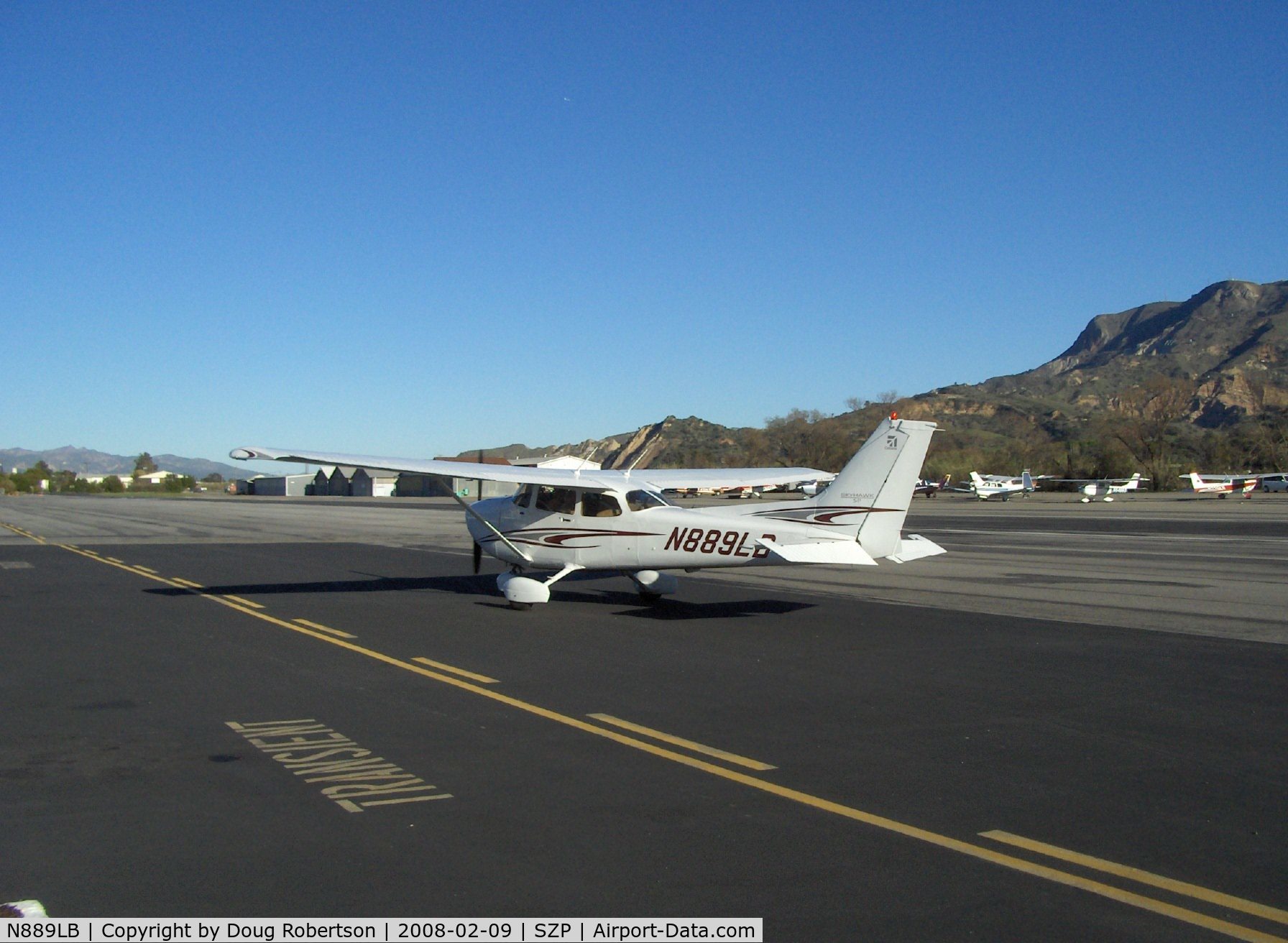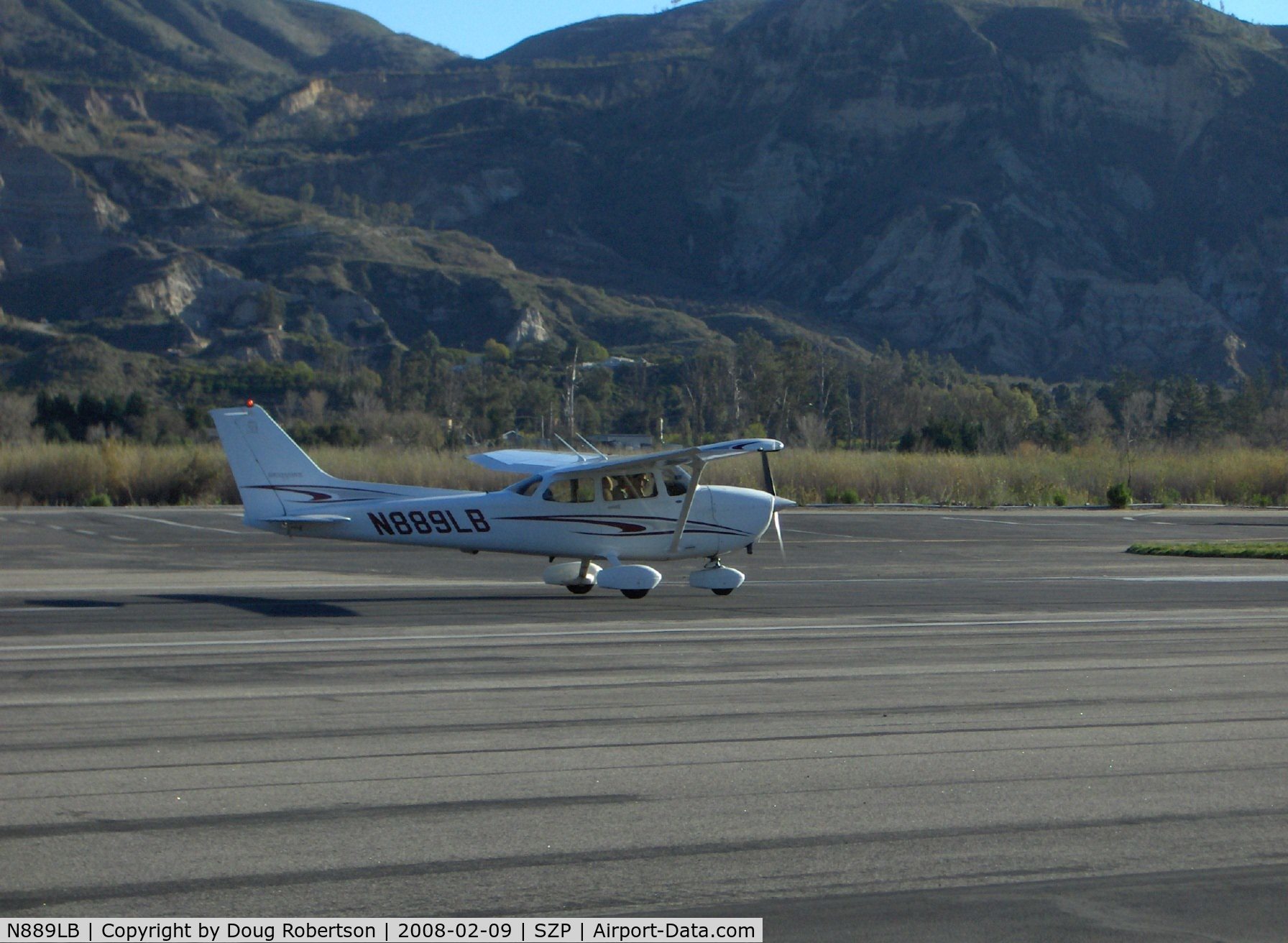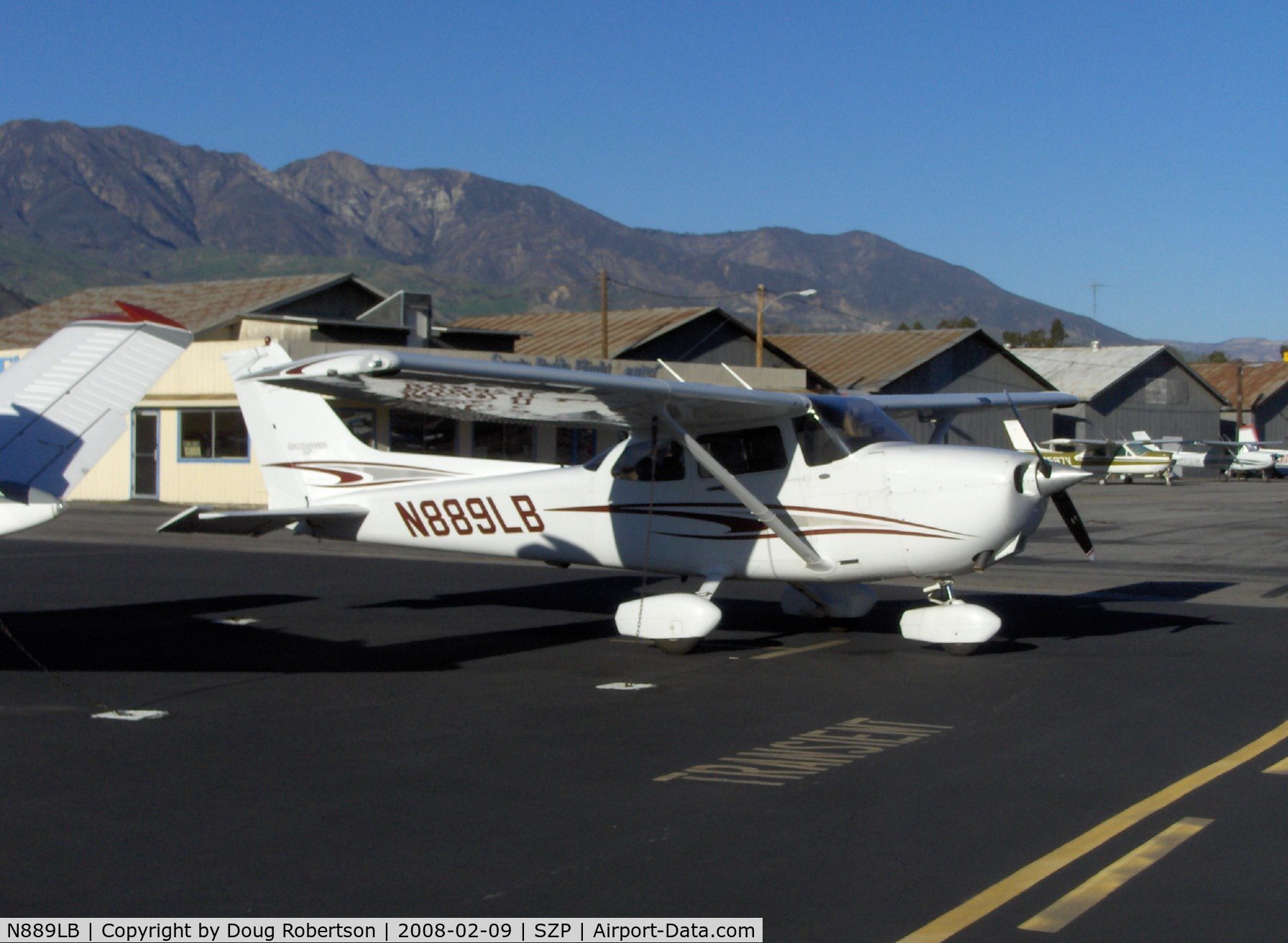Thunderstorms result from the rapid upward movement of warm, moist air. They can occur inside warm, moist air masses and at fronts. As the warm, moist air moves upward, it cools, condenses, and forms cumulonimbus clouds that can reach heights of over 20 km. As the rising air reaches its dew point, water droplets and ice form and begin falling the long distance through the clouds towards the Earth's surface. As the droplets fall, they collide with other droplets and become larger. The falling droplets create a downdraft of air that spreads out at the Earth's surface and causes strong winds associated with thunderstorms.
Thunderstorms can generally form and develop in any geographic location, perhaps most frequently within areas located at mid-latitude when warm moist air collides with cooler air. Thunderstorms are responsible for the development and formation of many severe weather phenomena. Thunderstorms, and the phenomena that occur along with them, pose great hazards to populations and landscapes. Damage that results from thunderstorms is mainly inflicted by downburst winds, large hailstones, and flash flooding caused by heavy precipitation. Stronger thunderstorm cells are capable of producing tornadoes and waterspouts.
Here are the charts for weather for today. As you can see from using the charts below, you can get a general idea of whats happening in each of them. They will help us to put together an overview of the current conditions and what is going on.
From this chart, we can gather that the area's in orange with the weird looking 'R' are: A forecast containing the area(s) of expected thunderstorm occurrence and expected severity over the contiguous United States, issued several times daily by the SPC (Storm Prediction Center).
The red ones are: Weather advisories concerning convective weather significant to the safety of all aircraft, and are issued for tornadoes, lines of thunderstorms, embedded thunderstorms of any intensity level, areas of thunderstorms greater than or equal to VIP level 4 with an area coverage of 4/10 (40%) or more, and hail 3/4 inch or greater.
So from this chart, you can see that LA, and most of Southern California has thunderstorms right now. (As I just jumped from the sound of thunder shaking my house). Maybe a good call on not flying today.
From this chart, we can see the thunderstorm cells that i would encounter if i would have continued the flight. They are spread out along the cost and inland. You can see the intensity of some getting in the yellow and orange. I would not want to be in any of these, with the associated downdrafts, turbulence, and a number of other things, i would like to stay away from. Also since they are scattered, it shows me that the air that is over us is very unstable over a large region of the state, and the country for that fact. Getting a weather briefing confirmed my belief.
From this chart, we can see the general direction and vicinity of the thunderstorms. The storms stay to the right of the green lines, and move in the direction that the arrow is pointing. We can see it will have a circular track. If we look at the 2nd chart down from this one, we can see why it has a pattern like this. The low pressure systems spiral to the left, and high pressure to the right. Low pressure systems are generally associated with bad weather, and high pressure with good weather. As you can see the thunderstorms are where the low pressure systems are current at.
This chart shows the 6 hour accumulation of precipitation, along with the current pressure isobars. If you look at the isobars, you also see why the storms will move the way that is predicted in the convective outlook above. It will move along the edges of the isobars. Wind flow patterns aloft follow isobars or contours where friction has little effect, and the storms are moved by the winds aloft. So this will also give us a hint of the general path of the storms.
This chart shows the Surface Weather, and the different pressure systems that are moving though the US. As you can see from this chart, the low pressure systems currently have thunderstorms associated with them, and the high pressure system has no storms associated. The 2 low pressure systems far left pull the storms up on their right side, the low pressure system above those pulls it to the right under it. Once it gets close the high pressure systems in the middle, they get pulled towards the high pressure system and downwards and then to the right under the bottom high pressure system.
This is current flight conditions thoughout the US. As you can see most of the country including where the thunderstorms are, are currently showing VFR conditions.
Technically i could have gone to fly. But as PIC i made the decision to not go. Conditions associated with thunderstorms include, downdrafts, lighting, rain, hail, icing, poor visibility and turbulence. None of these i want to have to deal with. This is part of ADM. Aeronautical Decision Making. It is a very important part of aviation.
I would rather not risk my life or the plane just for a weekend flight. Even if the weather and conditions are showing VFR, you need to do your research or you could get caught in a really bad situation. Use the internet, use 1800-WX-BRIEF, use DUAT/DUATS, and call the ATIS/ASOS/AWOS. This will prepare you and allow you to get a bigger, better picture of what is going on with regards to the weather, and what it is going to do.
Sure i could have gone to fly. But the thunderstorms are moving in the same direction that i was planned to fly. So i would have flown into them, or when i landed to get something to eat, they would have crept up and hit me by surprise. Always make sure you have a COMPLETE PICTURE, of the conditions and what the weather is going to do, before you go out. You should also expect it to do what you don't want it to do. So have alternates, and ways out.
Here are some sites that will help you get a complete weather briefing.
http://www.aopa.org/wx/#
http://aviationweather.gov/std_brief/
http://www.pilotweatherbriefing.com/
http://duats.com/
https://www.duat.com/http://maps.avnwx.com/
I also have Foreflight for the iPad and let me tell you this program is sweet. It cost a little bit of money ($75/yr for ForeFlight HD) but it gives you so much and more. If you have an iPad or iPhone, and you are a pilot, or student pilot, this app will cut down on your workload and research that needs to be done. It is truly one impressive app. Nothing out there can come close to this program in terms of planning flights. Their website is: http://www.foreflight.com/
Preflight Intelligence™
ForeFlight Mobile HD is the latest evolution of our critically acclaimed app for pilots, now optimized for the iPhone and the iPad. The app provides access to high quality weather, airport intelligence, A/FD, service providers, flight planning, and much more. ForeFlight customers are part of a passionate community of aviators that enjoy the benefits of real-time support, quick fixes, frequent updates, and personable service.See it in action NOW!!!
Map it all out
ForeFlight Mobile HD includes our new Slip Maps™ technology, capable of displaying your route on a huge selection of geo-referenced maps: radar, satellite, IFR enroute (high or low), VFR sectional, fuel prices, flight rules, winds, temperatures, dew point spreads, ceilings, sky coverage, lightning, and more.
Our ultra-clear, no-noise High-Definition NEXRAD Radar and Satellite slip maps display lightning, hail, mesocyclone activity in portrait and full-screen landscape mode.
Our touch planning feature, available on iPhone and iPad, let's you tap your way to build your flight plan - drag your route line around weather and quickly build up your trip!
See touch planning in action NOW!!!!
Plates and Procedures
Need terminal procedures or plates for your flight? Download procedure volumes by state, by airport, or one at a time. ForeFlight Mobile HD provides download methods that suit your needs. Away from a fast WiFi connection? Just download a couple airports or one state's worth. Connected to a big pipe? Slurp down the whole U.S.
Create binders of your favorite plates for each trip you fly. Then access them with a single tap when it's time to brief the procedure!
Want to bring along your own custom procedures? Just use our new "Bring your own procedures" (BYOP) feature! Learn more here.
Want to see your aircraft on the plates? We offer that as an optional add-on. Learn more here. Geo-referencing information is provided through our license to Seattle Avionics' ChartData technology.
See it in action NOW!!!
Global AF/D Coverage
ForeFlight's AF/D covers 220 countries and includes databases from the Aircraft Owners and Pilots Association, Universal Weather and Aviation's UVTripPlanner, the FAA, and ForeFlight's proprietary research. Frequencies, runway details, diagrams, phone numbers, operating hours, sunrise/set times, METARs, TAFs, Winds aloft and more are available. Please note that navigational charts, such as sectionals and approach plates, are only available for the United States at this time.
NOTAMs and TFRs
ForeFlight Mobile HD provides NOTAMS and TFRs for thousands of airports across the globe. Make sure you know about that light that recently went out on the nearby water tower - or the localizer maintenance that started last night!
All alerts are grouped by the date they were created, allowing for quick determination of the newest issues as well as easy review of the older ones. NOTAMs are also translated so that "TXY A CLSD RTS DLA INDEFLY" is just a bit easier to read!


















No comments:
Post a Comment